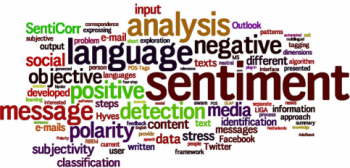In the previous tutorial we published about Sentiment Analysis and MeaningCloud’s Excel add-in, we showed you step by step how to do a sentiment analysis using an example spreadsheet. Then we showed you a possible analysis you could obtain with its global polarity results.
In this tutorial we are going a bit further: instead of analyzing the global polarity obtained for different texts, we are going to focus on the analysis of different aspects that appear in them and how to use our dictionaries customization console to improve them and to extract easily the exact information you are interested in.
We are going to work withe same example as before: reviews for Japanese restaurants in London extracted from Yelp. If you don’t have it already from the previous tutorial, you can download the spreadsheet with the data here.
If you followed the previous tutorial, you will remember that when you run the sentiment analysis without changing its default settings, two new sheets appear: Global Sentiment Analysis and Topics Sentiment Analysis. Topics Sentiment Analysis shows you the concepts and entities detected in each one of the texts and the sentiment analysis associated to each one of them.
But what can we do when these are not the aspects of the text we are interested in analyzing? This is where our customization tools come in. Our dictionaries customization console allows you to create a dictionary with any of the concepts or entities you want to detect in your analysis, down the type you want them to have associated.
So how do we create this user dictionary?
Continue reading


